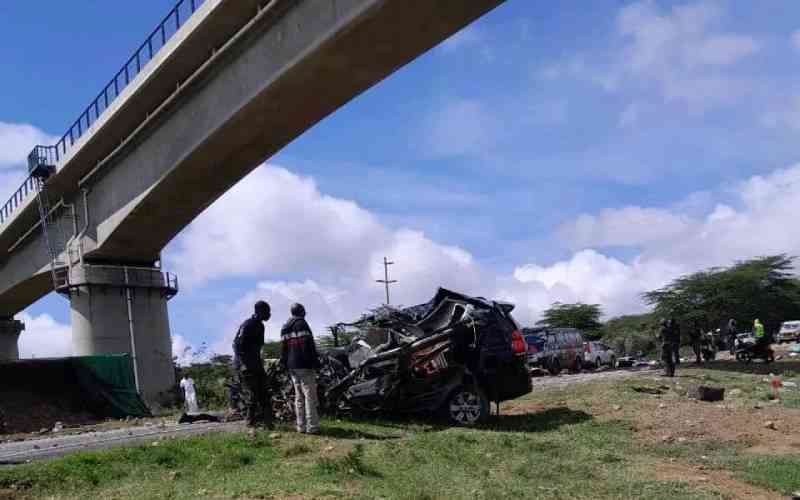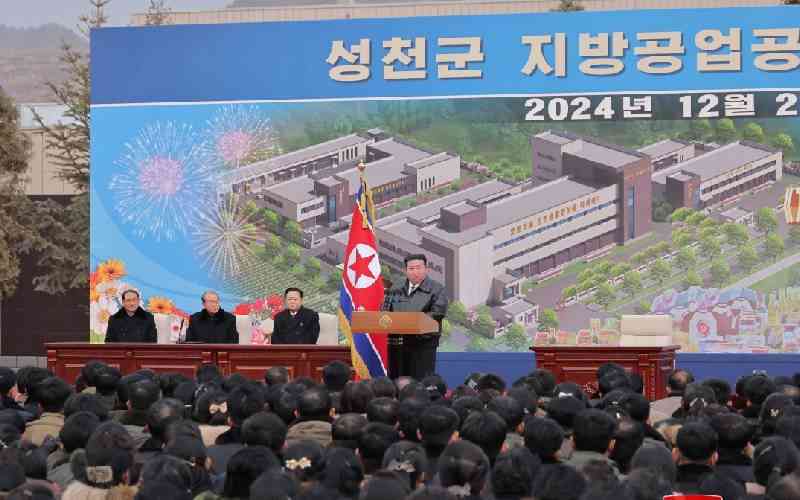When we begin to compare Kenya with Europe in regard to the place of the church during decisive historic upheavals, then what comes to mind is our agitation for multi-party democracy in the early 1990s, and Europe’s Reformation in the 16th century.
We invoke the names of Bishop Alexander Muge, Rev. Timothy Njoya, and Dr. Henry Okullu each time Europe mentions Martin Luther and Ignatius Loyola.
JR Alila’s The Milayi Curse (2013) addresses a similar theme. The allegorical tone of the novel bears the seething, ethnic undertones which have dogged Kenya’s politics since independence, and which the country has never really known how to expunge from her collective, national memory with a magic wand.
A Kenyan scientist-novelist who lives and works in the US, Prof Alila weaves a gripping tale about two sub-clans with an unresolved curse running for three hundred years. The two rival sub-clans are represented by two families, Jamoko and Milayi.
Bloody history
During the years of Luo settlement on the shores of Lake Victoria, Raburu Milayi had been the chief warrior against the Konyango clan, and Jamoko had been his commander.
But on the day Milayi was fatally wounded, his fellow warriors abandoned him in enemy territory, and Jamoko had unfairly benefitted from these wars at the expense of war widows and Milayi himself.
It is this historical ‘theft’ that congeals into a curse against the Jamokos, and the potency of the curse transcends the two sub-clans’ lives deep into post-independence Kenya.
As has secretly been expressed with reference to the curse of ethnicity in Kenya, the author suggests that women are part of the reason why ‘the curse of Milayi’ is alive so long after Raburu Milayi’s murder those three centuries before.
The church is an institution whose bloody rubber stamp is very well documented in the African continent. In 2007/08, the ethnic pronouncements of a certain church made us think that even tribalism was ordained by God.
That same church today works very hard to fight the mayhem in the Central African Republic (CAR), but most people would still need convincing that such loud work isn’t inspired by that church’s guilt about Rwanda 20 years ago.
That is the question any reader will ask The Milayi Curse. Bishop Muge, Dr. Okullu, and Rev. Njoya were rare souls and intellect.
The Kenya we today live in is so ethnically dark that you hardly rule out the possibility of members of the clergy separately kneeling before God each morning, crying to Him to liquidate all other ethnicities except theirs. If you met a Bishop Muge somewhere today, that would be as rare as a white pot.
Stay informed. Subscribe to our newsletter
 The Standard Group Plc is a
multi-media organization with investments in media platforms spanning newspaper
print operations, television, radio broadcasting, digital and online services. The
Standard Group is recognized as a leading multi-media house in Kenya with a key
influence in matters of national and international interest.
The Standard Group Plc is a
multi-media organization with investments in media platforms spanning newspaper
print operations, television, radio broadcasting, digital and online services. The
Standard Group is recognized as a leading multi-media house in Kenya with a key
influence in matters of national and international interest.
 The Standard Group Plc is a
multi-media organization with investments in media platforms spanning newspaper
print operations, television, radio broadcasting, digital and online services. The
Standard Group is recognized as a leading multi-media house in Kenya with a key
influence in matters of national and international interest.
The Standard Group Plc is a
multi-media organization with investments in media platforms spanning newspaper
print operations, television, radio broadcasting, digital and online services. The
Standard Group is recognized as a leading multi-media house in Kenya with a key
influence in matters of national and international interest.








